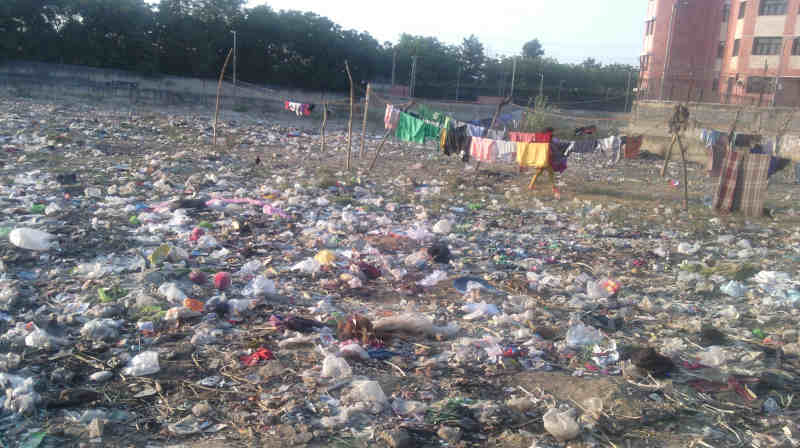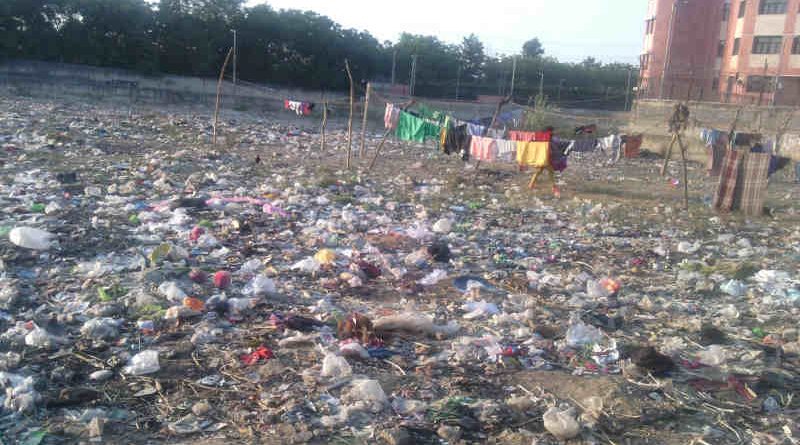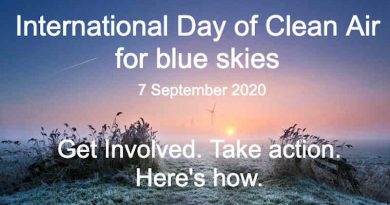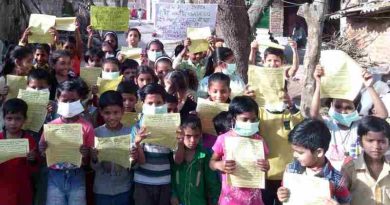How New Technologies Address Plastic Pollution Crisis

Approximately 8 million metric tonnes of plastic litter flow to the ocean annually, and only 9% of plastic waste ever produced has been recycled.
A new study by the UN Environment Programme (UNEP) and the International Water Management Institute (IWMI) offers a number of technological solutions aimed at tackling one of the world’s most pressing issues.
Approximately 8 million metric tonnes of plastic litter flow to the ocean annually, and only 9% of plastic waste ever produced has been recycled. A large percentage of the rest ends up in landfills, dumps and the environment, often finding its way to rivers, lakes and oceans through runoff, leakage, flushing of disposable wipes and hygiene products.
Another major issue relates to microplastics – those plastics that are smaller than 5 millimeters, and that pose increasing environmental, economic and health hazards. Sometimes these are intentionally added to products, for example in cosmetics, for seed coatings, paint, washing powders and other applications.
They are also generated from wear and tear, through the production of synthetic textiles and tyre usage. In addition, discarded plastics break down into these smaller particles through natural weathering processes. Microplastics can enter water bodies through different pathways, including atmospheric deposition, run-off from land, roads and through municipal wastewater.
Much effort has been made to both identify the scale of the threat of plastics to the health of humans, and ecosystems, along with solutions to tackle it. Water pollution by plastics and microplastics: a review of technical solutions from source to sea explores a set of innovative tech solutions for use in various scenarios.
Among these potential technologies include:
- Introducing debris-cleanup boats, debris sweepers and sea-bins to remove plastics and other wastes carried into water bodies;
- Protecting large bodies of water by introducing wetlands along coastlines;
- Secondary and tertiary wastewater treatment which relies on membrane filtration to prevent microplastics entering rivers and lakes;
- Advanced coagulation technology to make water contaminated with microplastics drinkable;
- Promoting sustainable waste management practices to reduce plastic leakage.
A key principle of this work is preventing untreated wastewater, which is often packed with plastics and microplastics, from entering the environment in the first place. The study details financially sustainable waste recycling that is socially and legally acceptable, and environmentally friendly.
The study, composed of a toolkit and catalogue, analyzes the most relevant technologies to improve current waste and wastewater management practices and presents both the pros and cons of applying specific solutions to mitigate levels of plastic pollution from source to sea.
Water pollution by plastics and microplastics: a review of technical solutions from source to sea is based on research funded by the United Nations Environment Programme (UNEP) and the Water, Land and Ecosystem research program of the CGIAR.





